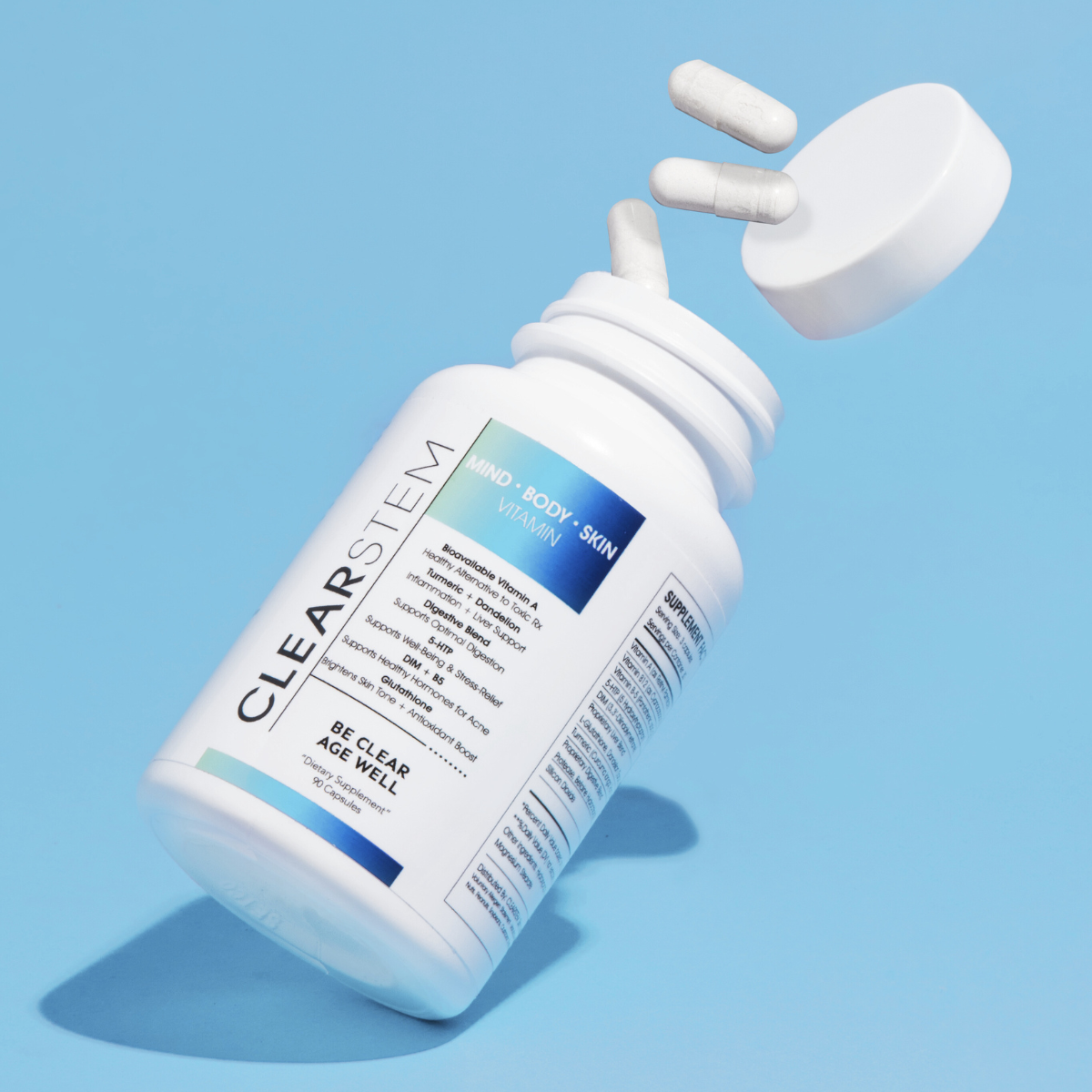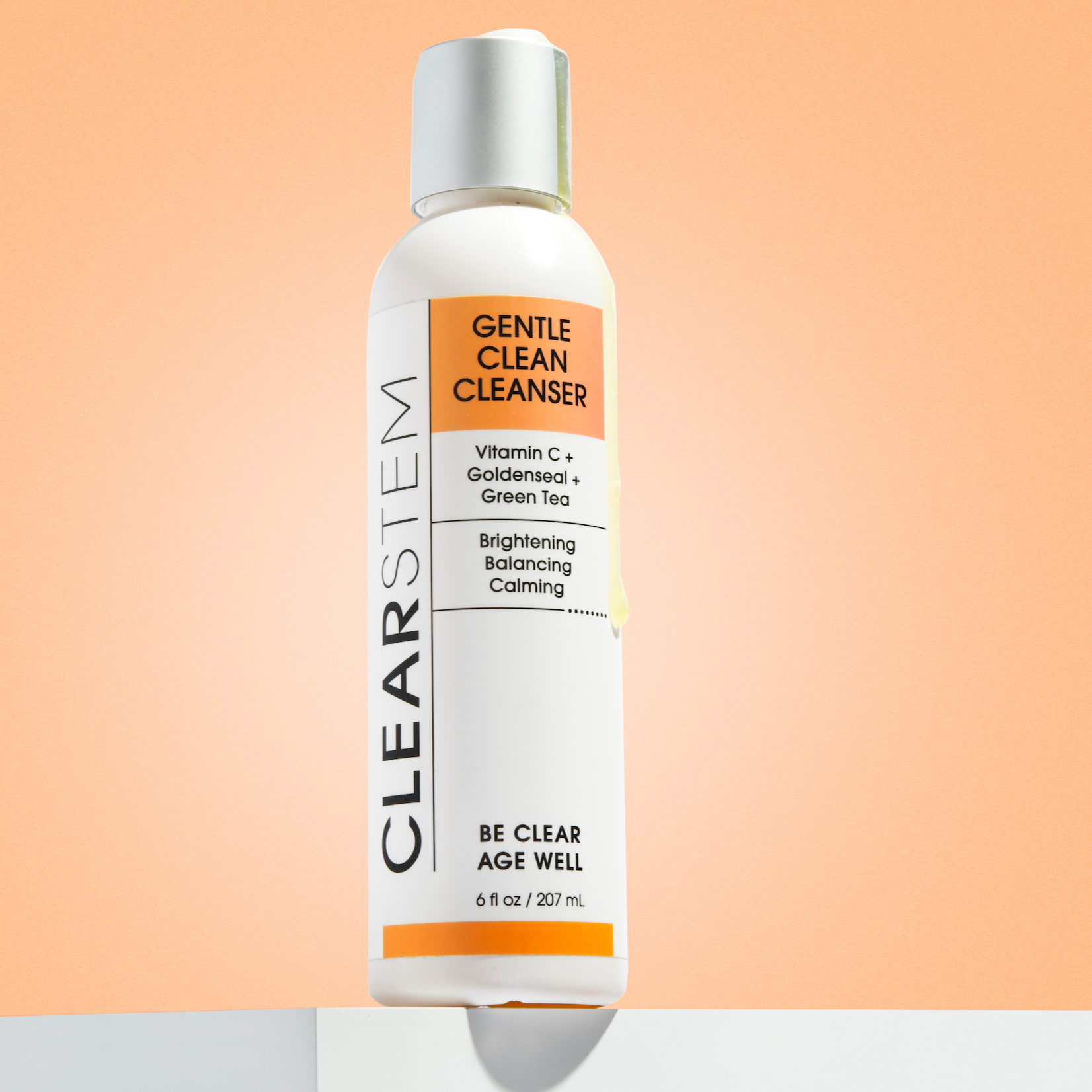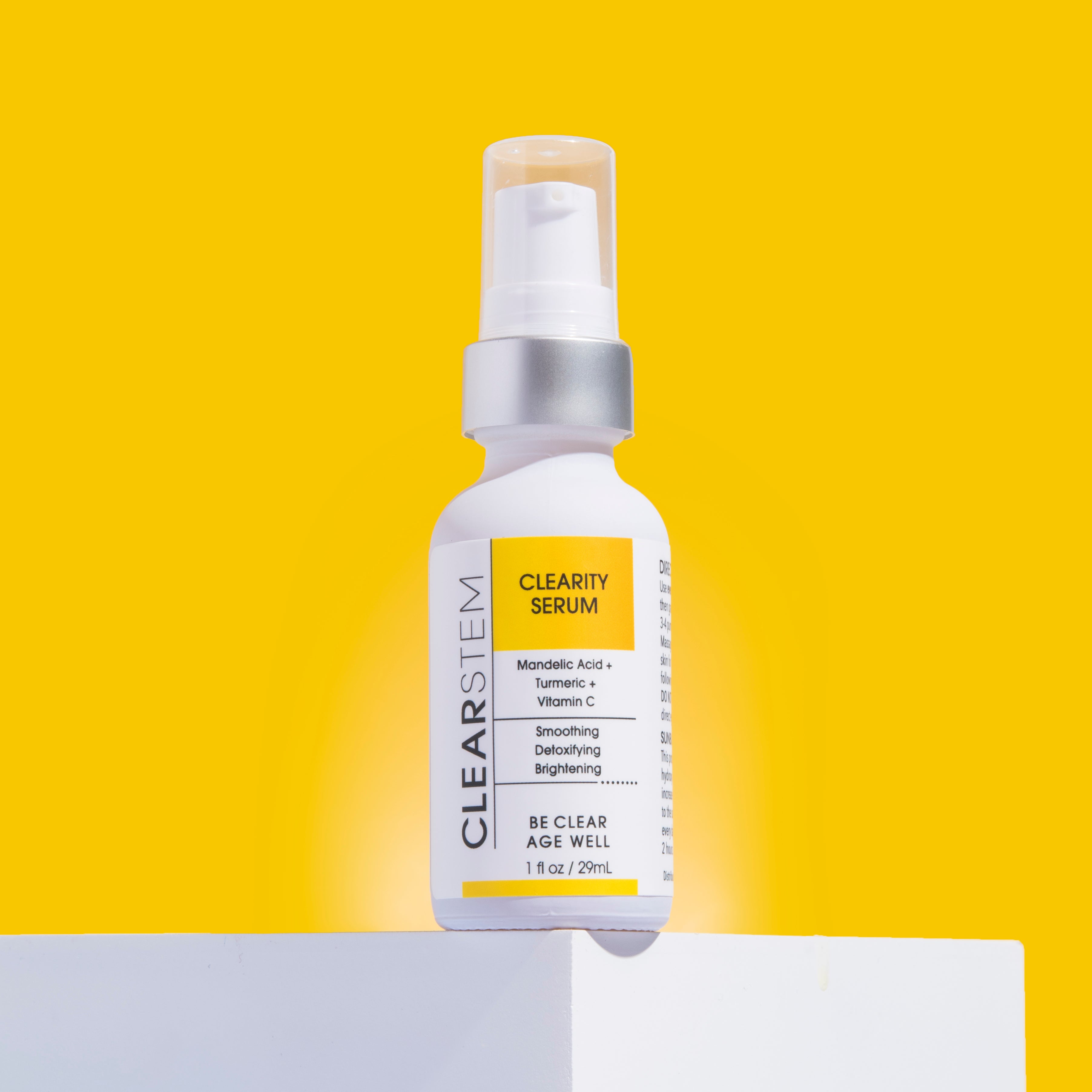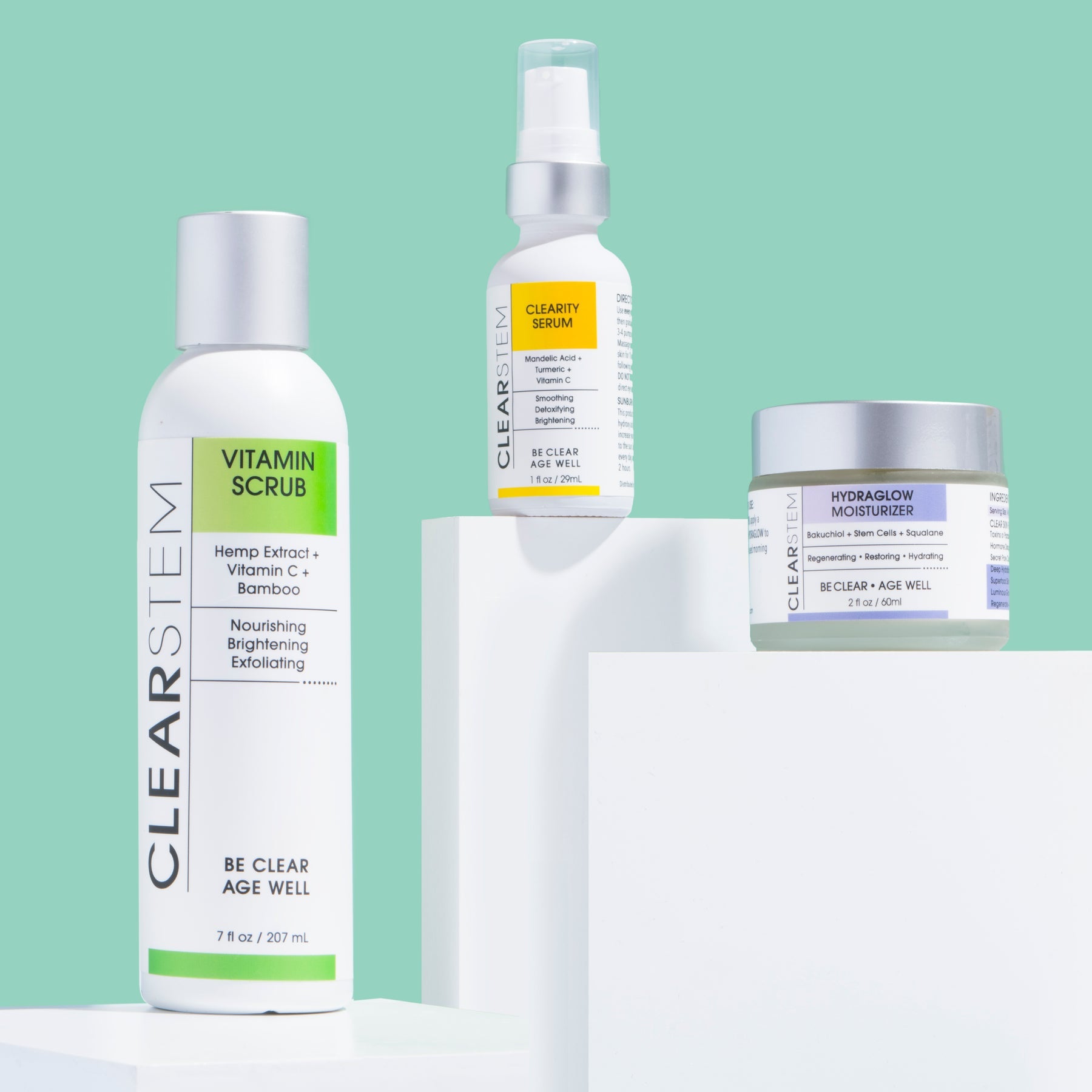Most of us are aware of the numerous benefits of using sunscreen. For instance, it can help ward off photoaging (fine lines and wrinkles, we’re looking at you), prevent those unwanted dark spots from cropping up on our faces (a.k.a., melasma), and – most importantly – keep potentially lethal skin cancer at bay. (1)
However, what most of us may not realize is that not all types of sunscreen are created equal. While both chemical and mineral sunscreens can help ward off those dangerous solar rays, mineral sunscreen literally runs circles around its chemical-laden counterpart.
Even though mineral sunscreen is so amazing, though, many people tend to shy away from it due to the so-called “white cast” that it can leave on deeper (and even some fairer) skin tones. The solution? Tinted sunscreen.
Whether you’ve heard of it before and you're curious about trying it out, or perhaps this is your first introduction to tinted sunscreen, you’ve come to the right place. By the time we’re done revealing all of its incredible benefits with you and sharing all the deets about what is tinted sunscreen, we’re confident you’ll be singing its praises, too!
What is Tinted Sunscreen?
So, what is tinted sunscreen and why should you reach for one in your skincare routine? First and foremost, a tinted sunscreen is exactly what it sounds like: it’s just like your favorite mineral sunscreen, but it contains pigments in it that can help offset that white cast.
These sunscreens contain your usual iron oxides, such as titanium dioxide and zinc oxide. These ingredients have been shown to help effectively refract away the sun’s ultraviolet rays, preventing them from penetrating into your skin. (2)
While mineral sunscreens are uh-mazing at shielding you from that dangerous UV light, they tend to be, well, pretty white in appearance. Like, starkly white. We’re talking “polar bear in a snowstorm” levels of white.
Okay, we’re being slightly dramatic here. Mineral sunscreen doesn’t have to make you look like you’ve been stripped of all color. But the point remains, it can definitely be a bit off-putting for people who are trying to avoid looking like they just saw a ghost.
But with the addition of pigments added into the formula, people with a wide range of skin tones can finally enjoy mineral sunscreens. Because these pigments help reduce the dramatic whiteness of the iron oxides, everyone on all sides of the Fitzpatrick scale can use mineral sunscreen with confidence.
Benefits of Iron Oxide Formulas
Still asking yourself if a tinted mineral sunscreen is a good choice for you? Don’t worry, we’ve got the deets on why it’ll be your new skincare BFF. Let’s go ahead and break down the benefits of mineral sunscreen together.
Benefit 1: They are broad-spectrum.
Unlike many types of chemical sunscreens, mineral sunscreens that use iron oxides help protect against both visible and invisible light. In turn, you’ll be safeguarded against those dangerous effects of the sun’s rays (such as fine lines, skin cancer, and hyperpigmentation). (3)
Benefit 2: They offer blue light protection.
This kind of piggybacks off the previous benefit, but it’s worth pointing it out on its own. Recent studies show that blue light (such as the ones that come off your computer screen) can also be damaging to your skin. Iron oxides, though, have been shown to help protect against it. (3)
Benefit 3: They can help prevent melasma.
Not to beat a dead horse here, but it’s really worth highlighting the benefits of iron oxides in treating and preventing melasma. The fact is, both deeper and fairer skin types are prone to discoloration due to UV light, but iron oxides have been shown to be especially effective against it. (3)
Benefit 4: They can add a “beauty filter” to your face.
Remember how we said that mineral sunscreens help refract light? This diffusing effect also acts sort of like a blurring filter on your face, too, allowing it to look smoother and hide any blemishes or perfections. Pretty awesome, right? (4 & 5)
Benefit 5: They’re great for all skin types.
In the mineral vs. chemical sunscreen debate, we strongly encourage you to steer clear of chemical sunscreens altogether, as they can cause irritation. Even worse, the safety of them is still not fully known. Conversely, iron oxides have a very low risk of allergic reactions and are proven effective, making them the best choice for all of you beauties out there. (6 & 7)
What Should I Look For in a Tinted Sunscreen?
Now that you know what is tinted sunscreen and have learned all about the amazing benefits of using it, your next step is to find the best one for your skincare needs. When looking for a tinted sunscreen, though, you definitely want to make sure it’s going to do its job.
In other words, flip that bottle over in your hand and take a hard look at the ingredients. You’ll want to make sure that it contains UV blockers, such as titanium dioxide and zinc oxide. You also want to make sure that it contains at least 30 SPF or higher to reap the most out of those benefits. (8)
Finally, you want to make sure that the formula is cosmetically elegant and free from nasty chemicals or filler ingredients. In other words, veer away from tinted sunscreens that contain iffy stuff in them, such as comedogenic or toxic ingredients. (8)
If you’re acne-prone, you will want to be sure to check the rest of the ingredients against the list of pore-clogging ingredients on the CEARSTEM website, because it may be a great sunscreen but it can still cause acne if it has pore-cloggers like isopropyl palmitate.
How to Use Tinted Sunscreen as Foundation
There’s a time and a place for a full face of makeup. After all, who doesn’t like to get all glammed up for a big date or some much-needed socializing time with their besties? That said, sometimes using a bit of tinted sunscreen in lieu of a heavier layer of foundation is just the ticket for a more natural look.
We’re going to let you in on a little secret here. Yes, tinted sunscreen is great for protecting you from UV photodamage, but you want to know what is a tinted sunscreen really good at? Making you look amazing when you’re in a hurry, that’s what.
If you’re looking to swap out your full-coverage foundation with a lighter, more sheer look with tinted sunscreen, it’s going to be super easy to do it. Just start by washing your face and going through your normal skincare routine. Once you get to the sunscreen step, you’re almost there.
Simply apply about two fingers’ worth (that is, draw a line of tinted sunscreen down your middle and index finger to get the amount you need) to your face. Blend it in, then chase it with your favorite concealer. Feel free to follow up with a tinted brush on mineral sunscreen to help set it. (9)
Oh, and as a word of warning, friends? Do not reach for a foundation with added SPF and make the oh-so-innocent mistake of thinking that it’s going to give you the same level of protection. Sure, it’ll have some protection, but not the amount you need… and you’ll just wind up wasting your foundation in the process.
Takeaway
Trying to maintain healthy, beautiful skin can sometimes seem like an uphill battle. There are so many different products out there that are making serious health benefits, and it can be incredibly easy to get overwhelmed by it all. However, at the end of the day, using sunscreen is arguably the best preventative measure you can take.
Fortunately, tinted mineral sunscreens give you the best of both worlds. You’re getting broad-spectrum protection against future issues, while also getting a nice little bonus of a subtle cosmetic boost in the process, too. And since applying it is as easy as adding your favorite lotion to your face and body before walking out the door, you literally have no excuse to not reach for it.
The bottom line here, friends? An ounce of prevention (or in this case, about an ounce and a half) is worth its weight in keeping you looking your very best and helping you ward off all of those skincare issues that can come from UV exposure. Here’s to looking absolutely radiant on the inside out – both today and in the years to come! (10)
Sources
Source 1: Sunscreens and Photoaging: A Review of Current Literature https://www.ncbi.nlm.nih.gov/pmc/articles/PMC8361399
Source 2: Sunscreen products: Rationale for use, formulation development and regulatory considerations https://www.ncbi.nlm.nih.gov/pmc/articles/PMC6978633/
Source 3: Iron oxides in novel skin care formulations attenuate blue light for enhanced protection against skin damage https://www.ncbi.nlm.nih.gov/pmc/articles/PMC7894303/
Source 4: Impact of Iron-Oxide Containing Formulations Against Visible Light-Induced Skin Pigmentation in Skin of Color Individuals https://pubmed.ncbi.nlm.nih.gov/32726103/
Source 5: Sunscreens And Photoprotection https://www.ncbi.nlm.nih.gov/books/NBK537164/
Source 6: Allergic Reactions to Dental Materials-A Systematic Review https://www.ncbi.nlm.nih.gov/pmc/articles/PMC4625353/
Source 7: A retrospective study on titanium sensitivity: Patch test materials and manifestations https://www.ncbi.nlm.nih.gov/pmc/articles/PMC6099462/
Source 8: Ensuring the Safety of Sunscreens, and Their Efficacy in Preventing Skin Cancers: Challenges and Controversies for Clinicians, Formulators, and Regulators https://www.ncbi.nlm.nih.gov/pmc/articles/PMC6736991/
Source 9: Simple dosage guide for suncreams will help users https://www.ncbi.nlm.nih.gov/pmc/articles/PMC1123459/
Source 10: Sunscreens https://www.ncbi.nlm.nih.gov/pmc/articles/PMC4577364/











